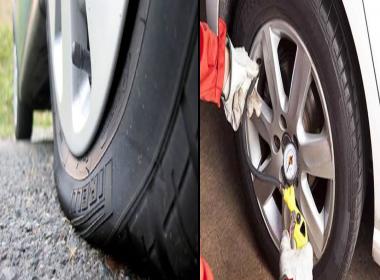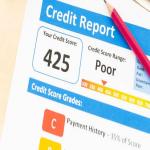Usually, the students who find writing hard, in reality, face difficulty with the editing part of it. Even for the most experienced writers, learning to self-edit can be hard. And on the other hand, for those writers who are beginners, it may be more of a struggle. You must learn how to effectively edit your essays now because writing is something you’ll use throughout your life.
Even though there are spellcheck apps or computer programs that offer useful suggestions for spelling and grammar, learning to self-edit is an invaluable skill that can help make your essays more interesting and engaging. We have listed out ten simple essay editing tips below, which can help you learn this skill:
1. Acknowledge the difference between proofreading and editing
In the writing process, two important steps are editing and proofreading, although they are quite distinctive. Focusing on surface errors, proofreading involves checking the spelling, grammar, and punctuation. Full editing includes looking at things like tone, overall flow, paragraph structure, messaging, and content. For best results, you have to develop a process that involves both proofreading and editing.
2. Revise and read to find errors
When you’re reading an essay, it can be difficult to catch multiple errors at once. Hence make sure you read and revise your content several times. Every time you go through the essay, look for a different error type. For instance, the first time reading through, you can look for typos, and the next time you can look for punctuation, etc.
3. Read backward
This does not mean entirely backward but just take your paper a sentence at a time. Your words must still make sense. What happens is that now you will look at your words at the sentence level, which will enable you to find small mistakes that you may otherwise overlook. This trick will be of great use if you are prone to sentence fragments.
Also read about: Case studies the most underrated blogging platform
4. Change the format
To find errors, sometimes all your brain needs is a change of form. Print out your essay if you have written it on the computer. A printed copy is a great way to proofread and edit. It helps you use different color inks to mark trouble spots and get a good visual representation of the editing map before you. And also, it lets you avoid screen time, which will help your eyes from tiring out.
5. Explore your resources
In most cases, students have a hard time with writing simply because they don't know what they are up against. You must try and familiarize yourself with potential resources you may have access to and devote some time to them. For example, you can find out whether there is a center or peer-editing program at your school or if your school has subscribed to an editing program or staff assistance. Don't be afraid to use the resources around you throughout your academic writing career.
6. Take your time
There often isn’t enough distance to give it a proper edit when we spend a lot of time writing something. We might ignore some of the errors since we’re so familiar with the text. In between writing and editing, you must at least give yourself a day. Doing this will enable you to learn to edit more effectively and give you the sufficient time and space required to draft your work properly.
7. Go over the directions again
Failing to comply with all directions given by the instructor is one of the most common mistakes students make. Go back and look at the prompt again before you turn in your essay. To make sure you’ve met all requirements of an assignment, give your paper a final read-through. You should check for things like style appropriateness, clarity, and correct citations.
8. Inspect each paragraph alone
You must reread your essay and look at each paragraph as an individual unit. Each paragraph must have a topic sentence followed by supporting evidence, and you should check if the paragraphs are fully developed, so revise as necessary. Another thing to keep in check is if the paragraph-to-paragraph transitions are seamless. A useful way to check for such an organization would be creating a reverse outline.
9. Read aloud
Reading aloud is one of the best things you can do, even though it sounds simple to proofread your work. While verbalizing your words, an extra word or misspelling would show up clearly. At first, it might feel silly to read out loud, but the results are worth it! You can read out loud to yourself in a quiet room, to a group of people, or even to your pet. This helps you notice wordy or awkward sentences, issues with language, and tone.
10. Mistakes happen
As a beginner, if you struggle with editing and proofreading, you should give yourself a little credit because writing is a lifelong learning process. You can teach yourself to become a great self-editor with the resources that are around you. By reading voraciously, writing trial essays, and peer editing with a friend, you can spend time familiarizing yourself with the language.
Footnote:
You'll already be on your way to becoming a better writer and editor by doing these things consistently. Sometimes, the problem arises when you don’t have an evaluator who can read and evaluate your writing piece. Don’t worry; we at Miles Smart Tutoring will always be happy to evaluate your practice essays and guide you to improve further. We believe that we will provide you with a detailed analysis based on our evaluation, which can significantly improve your essay writing skills. These tips are also beneficial if you are preparing for the ACT essay writing section.















